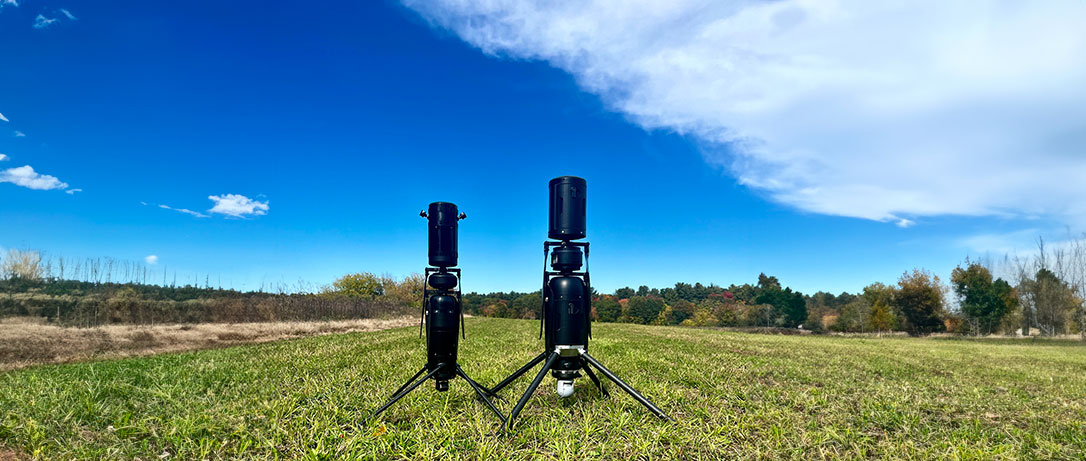Build Your Ascent sUAS … Configure Your SPIRIT or SPARTAN here >>
Today’s unmanned aerial vehicle (UAV) industry is dominated by conventional fixed wing, “H” and “X” quadcopters, as well as larger 6- or even 8-motor multirotor designs. While these configurations have demonstrated good reliability for hobbyists and non-critical operations, none are particularly rugged, most are restricted in poor weather, and many are limited to single-mission capability.
THE ASCENT COAXIAL ADVANTAGE
COMPACT, ALL-WEATHER, HIGH-PERFORMANCE UNMANNED AERIAL SYSTEMS
Today’s unmanned aerial vehicle (UAV) industry is dominated by conventional fixed wing, “H” and “X” quadcopters, as well as larger 6- or even 8-motor multirotor designs. While these configurations have demonstrated good reliability for hobbyists and non-critical operations, none are particularly rugged, most are restricted in poor weather, and many are limited to single-mission capability.

WHAT ARE COAXIAL DRONES?
Ascent AeroSystems’ coaxial unmanned aerial vehicles (UAVs) are radically different from traditional quadcopter or other multirotor drones.
Featuring a cylindrical shape, centrally mounted counter-rotating blades, and the ability to carry payloads on both the top and bottom of the aircraft, Ascent’s coaxial propulsion UAVs enable entirely new operating concepts not possible with traditional, comparably-sized systems.
PROVEN COAXIAL TECHNOLOGY
PROBLEM
To support unmanned operations at scale, enterprise drones must be dependable in demanding, real-world environments.
They are not.
SOLUTION
Ascent’s coaxial UAVs. Specifically designed for enterprise operations in harsh environments, Ascent’s platforms feature a unique cylindrical airframe that provides unmatched benefits in real-world operations.
WHY IS COAXIAL PROPULSION BETTER?
It’s science, really. The laws of aerodynamics and the law of physics favor coaxial designs over quadcopter and other multirotor designs. That means better performance from a smaller, easier-to-handle system, ideal for a wide range of operators who don’t have the luxury of choosing when or where they fly.
Ascent coaxial drones are used by a broad range of military, public safety, and industrial operations.
Our drones deliver more:
COAXIAL BENEFITS:
Contained in a compact, lightweight package, Ascent’s cylindrical coaxial UAV platforms provide significant benefits to operators:





